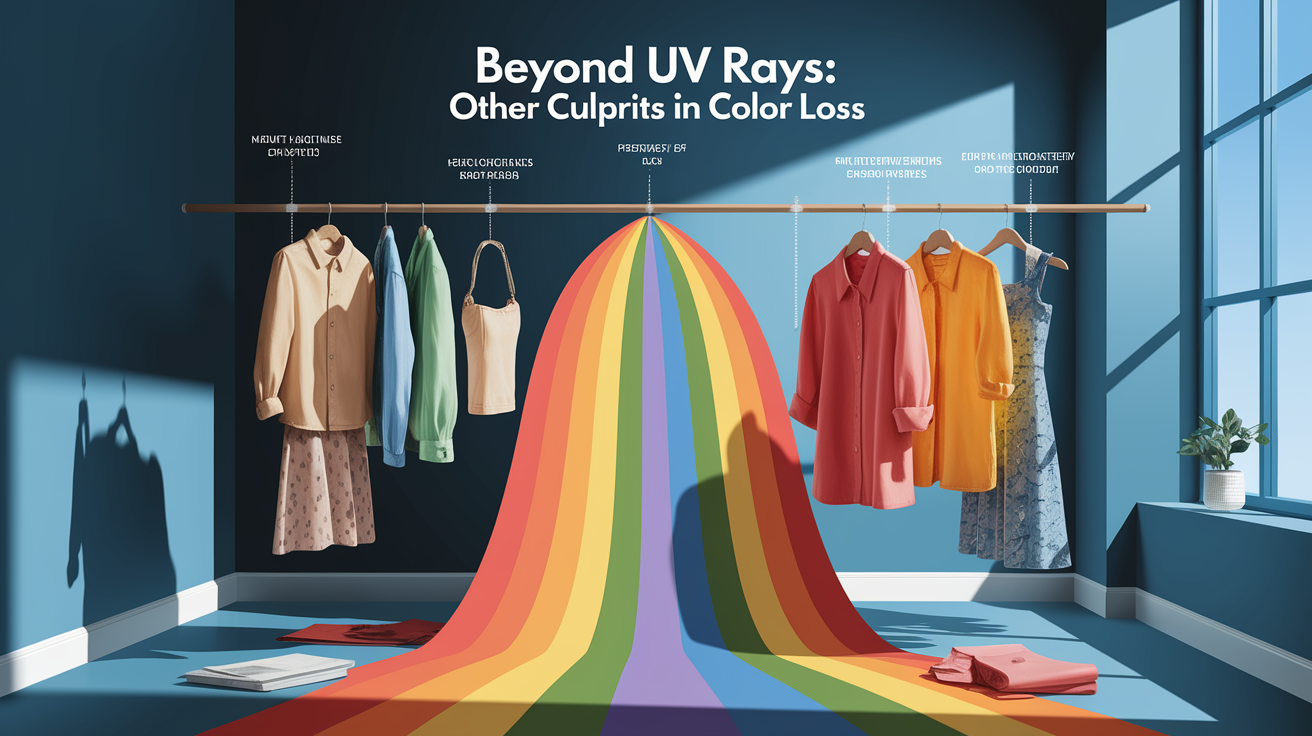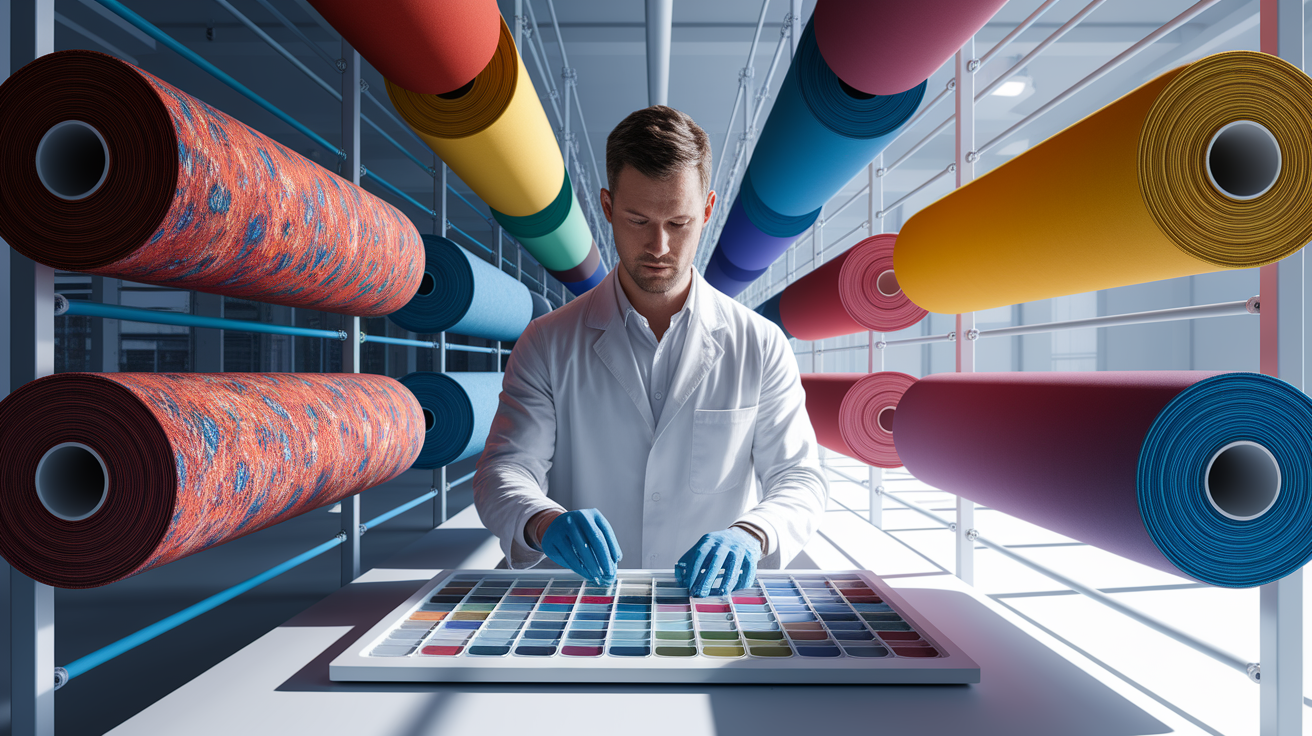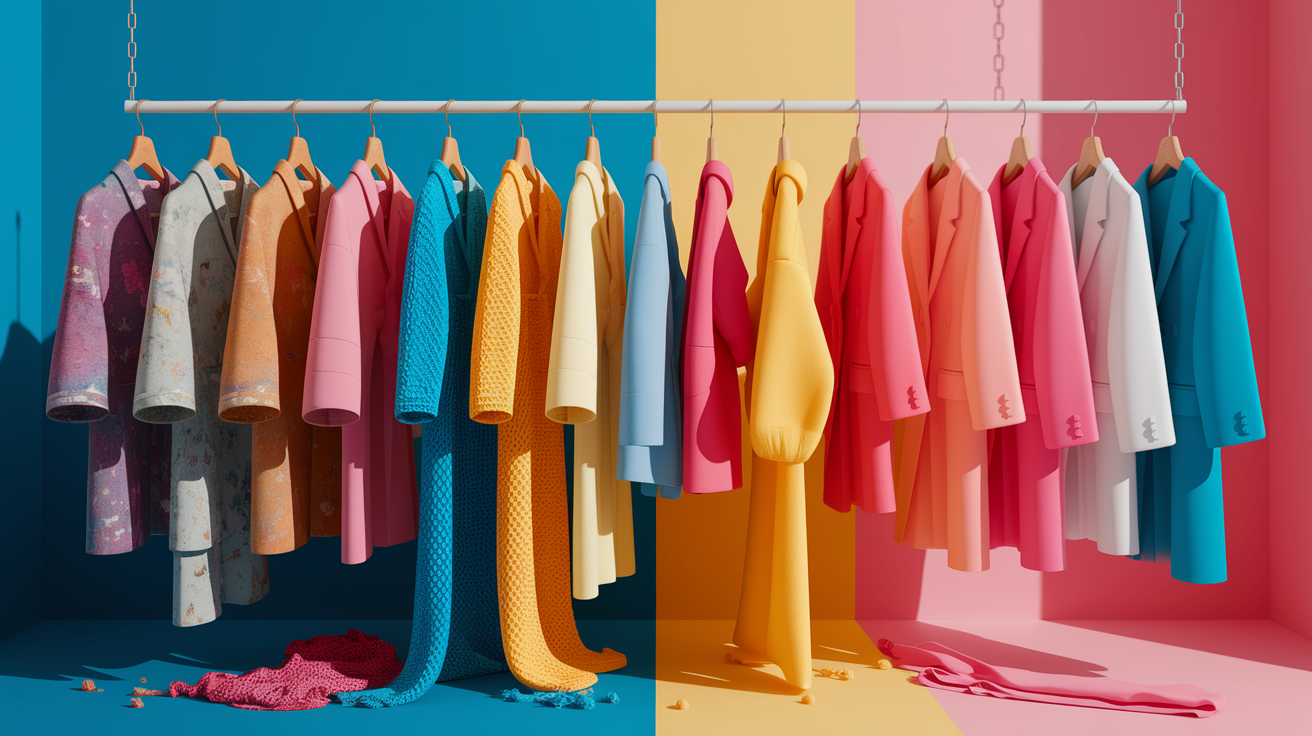Quick Answer: Sunlight fades clothes mainly because invisible ultraviolet (UV) rays break down the chemical structures in fabric dyes, reducing their ability to reflect and emit the same vibrant colors. Heat, visible light, and even washing also contribute to this gradual loss of brightness.
Sunlight’s Secret Strike: How UV Rays Drain Color
At the heart of your fabric’s color are special light-sensitive molecules called chromophores. These molecular structures absorb specific wavelengths of light, giving your clothes their particular hue. When exposed to sunlight—especially the energetic ultraviolet region—these molecules undergo photodegradation.

Here’s what happens in simple terms:
- UV energy packs a punch – UV photons have enough energy to break chemical bonds inside dye molecules.
- Color “switching off” – When these bonds break, the chromophores can no longer absorb and reflect light in the same way, leading to faded or dulled shades.
- Not all colors fade equally – Reds and purples often lose their vibrancy faster because their dye molecules absorb more of the higher-energy light that causes damage.
Interestingly, the color doesn’t technically “disappear” from the fabric—the molecules are simply altered so they no longer emit light at the same wavelengths. As a result, your once-brilliant T-shirt looks washed out.
Beyond UV Rays: Other Culprits in Color Loss
While UV radiation is the biggest troublemaker in clothing fading, it’s not the only one. Several other environmental and mechanical factors team up to damage colors over time, as described in this fabric care guide.

- Heat – High drying temperatures or washing in hot water speeds up chemical breakdown in dyes.
- Friction – Frequent agitation in washing machines wears off surface dyes, especially in high-contact areas like collars, cuffs, and seams.
- Chemicals – Chlorine from pools or certain detergents can bleach colors.
- Fabric type – Natural fibers, such as cotton, often hold color better than some synthetic materials due to deeper dye penetration. However, each fiber type reacts differently to sunlight exposure.
Over time, these combined forces reduce a garment’s color stability and overall clothing longevity—making fabric protection and smart laundry practices essential for clothing preservation.
Testing Your Tees: How Colorfastness Is Measured
The textile industry uses “colorfastness” to describe how well a fabric resists fading or transferring its color. Specialized tests, outlined in colorfastness standards, simulate real-world wear and tear.

- Light exposure tests – Standards like ISO 105 B02 or AATCC 16 use Xenon Arc Lamps to mimic sunlight exposure, measuring fade resistance over time.
- Rubbing tests (crocking) – Checks if color transfers from one fabric to another due to friction.
- Wash tests – Evaluates how colors hold up after repeated launderings at various temperatures.
Results are scored on a scale—higher numbers mean better fade resistance. This information is crucial when choosing fabrics for outdoor clothing or garments expected to withstand heavy sunlight exposure.
Bright Future for Your Wardrobe: Summing It All Up
Fading clothes may seem inevitable, but understanding its causes opens the door to smart prevention. UV radiation is the biggest enemy, with heat, friction, and harsh chemicals piling on the damage. By choosing higher-quality dyes, practicing gentle laundry care, and minimizing direct sunlight exposure—such as indoor drying or using UV-protective covers—you can extend your clothing’s vibrant life.

So next time the sun is blazing and your favorite shirt is on the line, remember: protecting it from invisible light energy is the secret to long-term color stability and wardrobe preservation.













